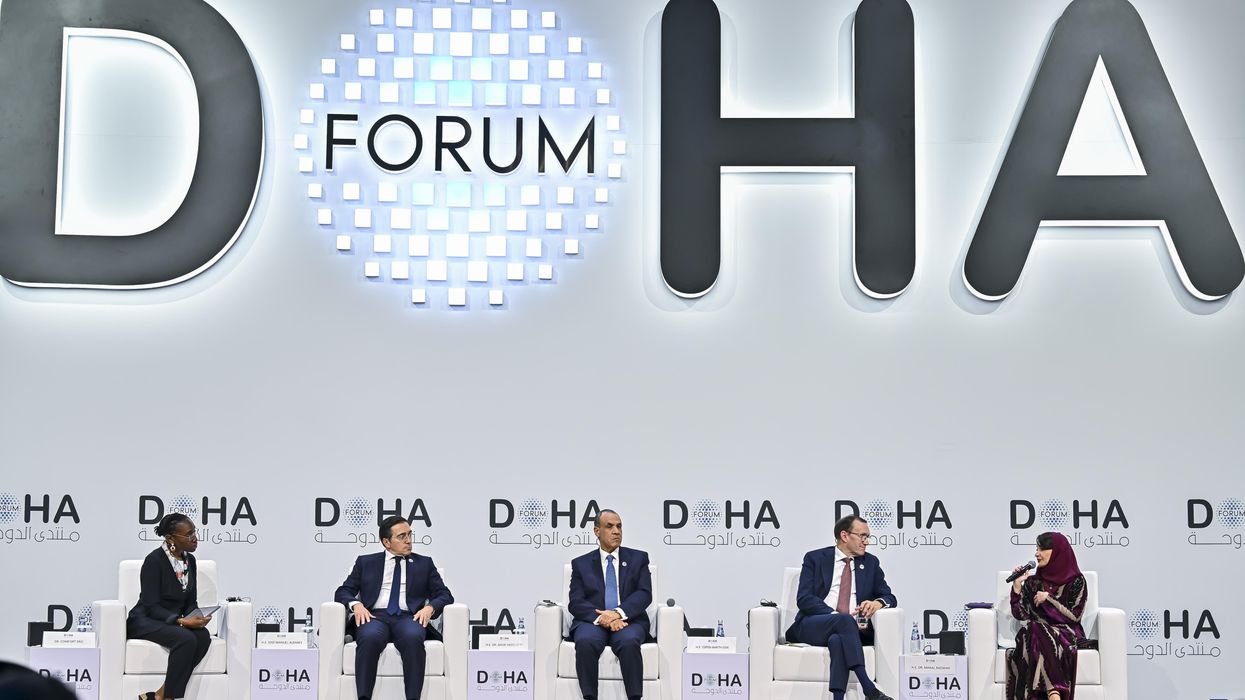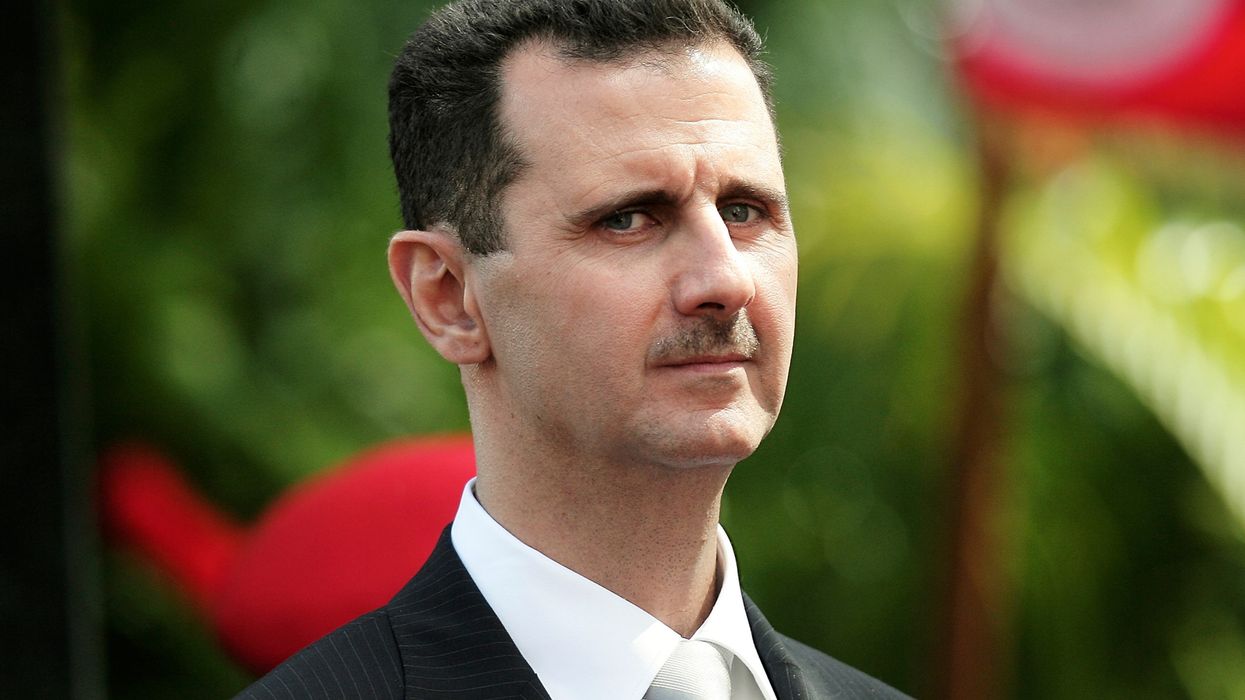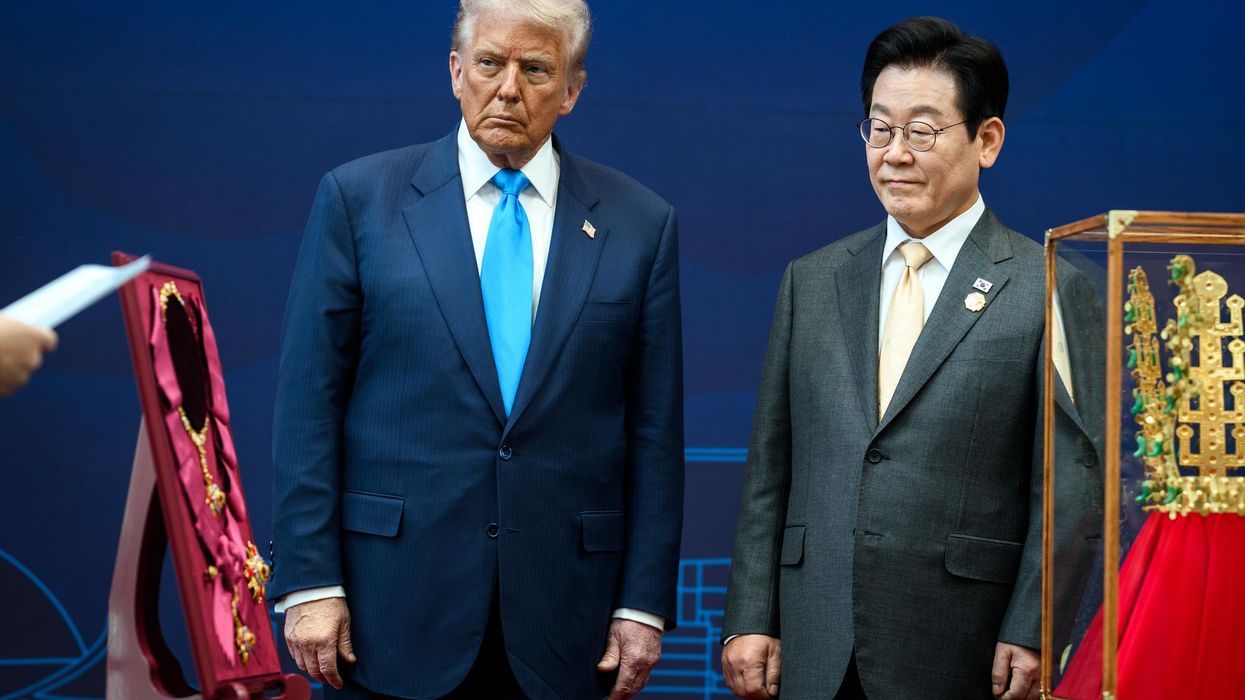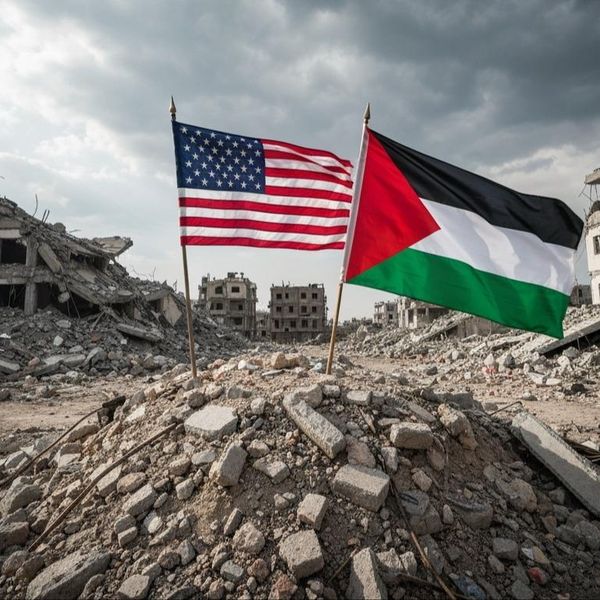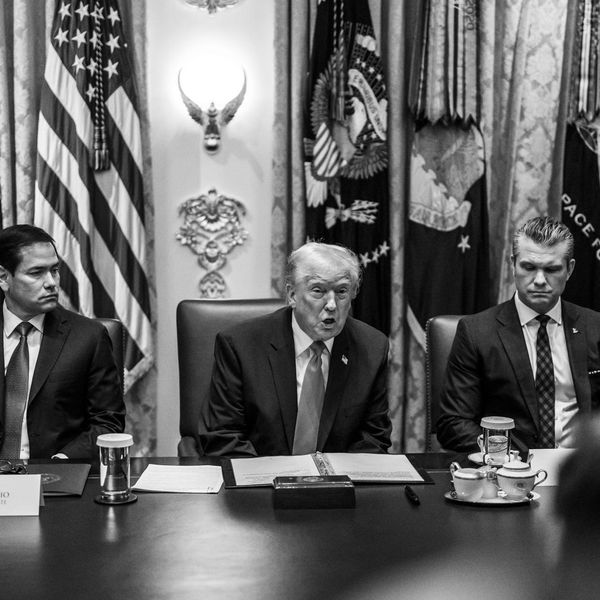The United States has for decades been reliant on Israel and a host of autocratic Arab regimes to solidify a U.S.-led security order in the Middle East. This order has proven to be unsustainable as key U.S. allies have weakened or been toppled in popular uprisings over the years. Meanwhile, U.S. efforts to transform the region through military intervention have spectacularly failed and opened the door for U.S. rivals to gain regional influence.
Part one of this two-part Responsible Statecraft series rebutted a problematic report from the Center for a New American Security that called for military escalation with Iran. This installment will present an alternative U.S. approach to the region that would prioritize diplomacy and give Washington increased leverage over friends and foes alike.
A second-term Trump administration or a Joe Biden administration can better safeguard U.S. interests in the Middle East through dealing with all regional powers. This will allow the U.S. to extricate itself from regional conflicts and push major regional powers towards cooperation and taking on a greater burden in ensuring regional security.
Getting to a diplomatically flexible U.S. posture in the Middle East requires reimagining the U.S.-Iran relationship. While pressure policies have been the norm against Iran for decades and have reached their zenith under President Trump, diplomacy with Iran, apart from the temporary exploration under President Obama, has never fully been given a chance to succeed. To understand why the pressure track has failed and diplomacy is needed, it is first important to understand how Iran achieves its regional interests on the cheap.
What’s behind Iranian influence in region
The model of bombing away Iran’s regional influence or strangulating it with sanctions has proven ineffectual. Money is not the driver of Iranian influence in the region. In 2017, the head of Israel’s military intelligence detailed the amount of annual Iranian funding for anti-Israeli groups. The sums were paltry: $75 million to Hezbollah, $50 million to Hamas, and $70 million to Islamic Jihad. Compare this with the $5 billion a month Saudi Arabia has spent on its war in Yemen or the trillions President Trump has noted the U.S. has spent in the region.
What influence Iran does carry in the region it has nurtured through building ties with popular constituencies that are also alienated from the U.S.-led regional order: Lebanese and Iraqi Shia, occupied Palestinians, anti-Taliban (Hazara, Tajik and Uzbek) Afghans, Iraqi Kurds, Zaydis in Yemen, and increasingly Christian and other minority groups in Iraq and Syria. Notably, Iran’s allies are often political and social actors and carry legitimacy in their societies.
Iran has used its regional strategic depth to create a deterrent for itself in line with its threat perception, which is that it faces a threat of attack from the U.S. and its chief regional allies Israel and Saudi Arabia. This deterrent relies on missile technology and other forms of asymmetric warfare, including the capabilities of its allies. Importantly, Iran does not have the ability to project offensive military power in the region, such as the deployment of large numbers of troops.
Iran is not a serious competitor for the United States and threatens no core U.S. national security interests. Yet, as explained in part one of this series, many in Washington continue to be fixated with the country and call for military escalation on top of “maximum pressure.”
Getting to a more effective U.S. Middle East policy
U.S. primacy increasingly no longer reflects the realities in a region where traditional American partners no longer concern themselves with finding common cause with Washington. Many in the U.S. currently have serious strategic differences with Israel over the two-state solution, and broad disagreements with its Arab partners like Saudi Arabia and Egypt, oppressive autocracies whose long-term survivability is questionable.
The United States suffers a classic moral hazard problem with its Middle East alliances. Partners such as Saudi Arabia and Israel act under the well-founded assumption that Washington will pay the costs for their mistakes. Israel continues to expand settlement activity despite historic U.S. opposition and simultaneously collects billions of dollars in U.S. military aid. The Saudi government supports terrorism and engages in destabilizing actions such as its siege of Qatar and war in Yemen while continuing to receive U.S. political support.
Saudi Arabia and Israel naturally seek to exaggerate the Iranian threat to maintain lopsided U.S. support for as long as they can. However, they have not hesitated to explore new foreign partnerships for themselves. At a time when the U.S. seeks to reconfigure it foreign policy to focus on great power competition, namely checking the rise of China and Russia, America’s Middle East partners have deepened ties with these countries.
Israeli Prime Minister Benjamin Netanyahu counts Russian President Vladimir Putin as one of his closest friends on the international stage, which he has highlighted in his reelection ads. China is also taking a major role in developing strategic Israeli infrastructure. Meanwhile, Saudi Arabia has dramatically increased economic and military trade with China and despite its recent oil market clash with Russia, has mostly closely coordinated with Russia to control the oil market in recent years.
The U.S. should similarly exercise flexibility in its regional relationships to boost its leverage. A more balanced U.S. footprint in the Middle East centered on sustained engagement with all regional powers will incentivize these countries to do more to curry U.S. favor. It will also obstruct Chinese and Russian encroachment. Such a policy will require finding a modus vivendi with Iran.
Notably, the U.S. currently has no leverage with Iran. The country currently has nothing to gain from being amenable to U.S. interests. This is even though Iranian and U.S. interests often intersect on issues such as combating ISIS and other Wahhabi-Salafist terrorist organizations, securing the central governments in Iraq and Afghanistan, and ensuring stability in the Persian Gulf.
The 2015 nuclear deal opened the possibility of normalizing the U.S.-Iran relationship and started the process of reintegrating Iran with the global economy. But the Trump administration reversed that trajectory with a failed regime change policy that has taken the two countries to the brink of war. Such a conflict would be a strategic disaster that would catalyze U.S. decline and the rise of its great power rivals.
To build the trust necessary to get a constructive relationship with Iran, U.S. policymakers must think beyond revitalizing the nuclear deal. A rethinking of the relationship is necessary, which requires a major diplomatic push on a host of disputes with Iran.
The path to improving U.S.-Iran relations will be arduous. Hardliners in both countries will do everything in their power to derail it, as evidenced by the Trump administration’s maximum pressure campaign. Some U.S. regional allies such as Israel and Saudi Arabia will likely join this effort. However, many elements of the Iranian government have long desired better ties with the West to lower the country’s dependency on China and Russia.
The next U.S. administration can feasibly negotiate détente with Iran and boost America’s regional and global leverage. This will require considerable political capital but it can be a political victory by bringing decades of U.S.-Iran hostility to a peaceful solution.
Importantly, America’s traditional regional partners should not feel abandoned by improved U.S.-Iran relations. To the contrary, a diplomacy-first U.S. Middle East policy can lead to regional cooperation and long-term stability. The U.S. can use its enhanced leverage to help realize a long imagined regional cooperation system between Iran, Iraq, and the six states of the Gulf Cooperation Council. This can be modeled after the Organization for Security and Cooperation in Europe, which originated out of a diplomatic process that reduced tensions between the Warsaw Pact and NATO states.
Institutionalized dialogue among the Persian Gulf countries will ease the U.S. security burden in the region. Saudi Arabia and Iran will have a forum to communicate their grievances and engage in reciprocal confidence-building measures. Over time, such dialogue can expand to cooperation to resolve various regional conflicts, such as the war in Yemen, and on regionalizing the cost of securing the Persian Gulf.
Closing the book on the U.S.’s Middle East quagmires
Strategy is conventionally defined as a plan to achieve a desired objective through the minimal expenditure of energy and resources. The current objective of U.S. Middle East policy is to keep Iran permanently in the penalty box and give carte blanche to U.S. regional partners. This is a recipe for unending entanglement in a region that has drained American lives and resources for decades.
Military escalation against Iran would be reckless and counterproductive. It would keep the U.S. bogged down in a permanent confrontation against what is fundamentally a weak country that poses no clear threat to U.S. national security. The next U.S. administration should instead reassess the U.S’s core objectives in the Middle East and develop a diplomacy-driven strategy that gives it the ability to address more pressing challenges at home and abroad.


